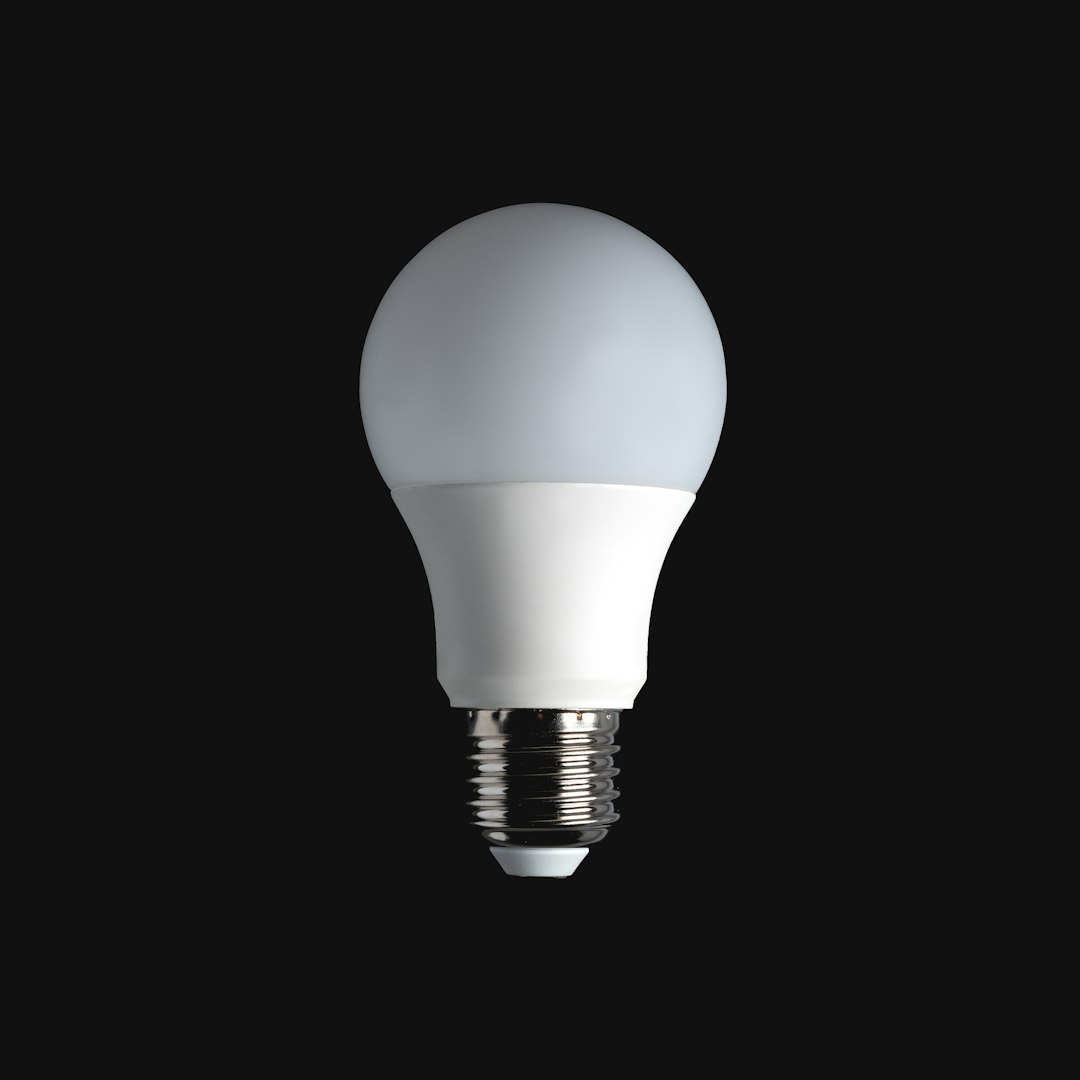Recently I had 2 LED bulbs failing with different problems so I decided to investigate them and see why they failed.
The bulbs are both the same, made by Diolamp, and they are rated for 15W each with an E27 base. One of them would not turn on at all while the other one was periodically turning on and off on its own.
I started the inspection by first removing the diffusers from the top and one of the problems was immediately visible. There was a burnt LED and because of it, the entire circuit is now broken.
Having multiple LEDs in series is the most common way of building LED bulbs right now, but we can here see their greatest flaw. The entire lamp is as good as its worst single LED. Once that one fails, the bulb stops working completely even though everything else is OK.
A way around this is to have the LEDs in multiple circuits with fewer LEDs in each, but that requires multiple resistors, more components to lower the voltage and I guess, in the end, it will also cost more.
In our current society, cost is a driving factor so it often leads to designs that can quickly fail and end up in a landfill with 99.9% working components.
What's worse with this cost savings is that most of the failed electronics like this can be very easily fixed but their low cost makes them economically not viable.
The second lamp had a different problem. Once I opened it, there were no visible burnt LEDs so I removed the board out and inspect it.
At first glance, there was nothing obvious that looked broken like a bulging capacitor or some burning marks. There are a few 0 Ohm resistors used as jumpers on the board and I thought that maybe there is one that is broken but I checked them all and they were all fine.
With everything seemingly fine, I spent some more time on the actual solder joints and I've spotted what looked like a crack on two of the chip legs. Since this lamp was periodically turning on and off, having a crack like this made sense to explain that.
To fix this circuit, I've applied some solder flux to the pin legs and I've then tacked them with some fresh solder.
I powered the circuit and it turned on as expected so in order to see if the problem was fixed, I left it running for about an hour and it did not turn off.
Now that it is fixed, I thought of returning it back to the lamp enclosure, but for now, I'll keep it like this, and I might build a custom lamp with it.
So can we connect this problem with cost savings as before? Maybe, I don't know. The entire speed at which these lamps are produces might have dislodged the control chip during manufacturing, there might be a problem with the solder mask applied, I don't know.
The fact that the LEDs generate quite some heat and that heat is trapped inside the enclosure does not help as with all that heat, things expand. Repetitive expansion and contraction will take the toll on weak solder join, especially with lead-free solder. Designing a better heat dissipation system will increase the price of the bulb and yet again we can somehow return to the issue of lowering cost.
So in the end, the pursuit of lower costs drives decisions that are not really looking into the future and considering the longevity of the products. With such decisions being made daily, I'm afraid that we are on a path of creating even more "almost" functional waste in the years to come.
On the bright side, at least for tinkerers and enthusiasts like us, there will be a steady stream of devices that we can take apart and explore, guilt-free. And we might add a few components to the project bin in the process.
To watch me explore the two LED bulbs, check out the video below:









